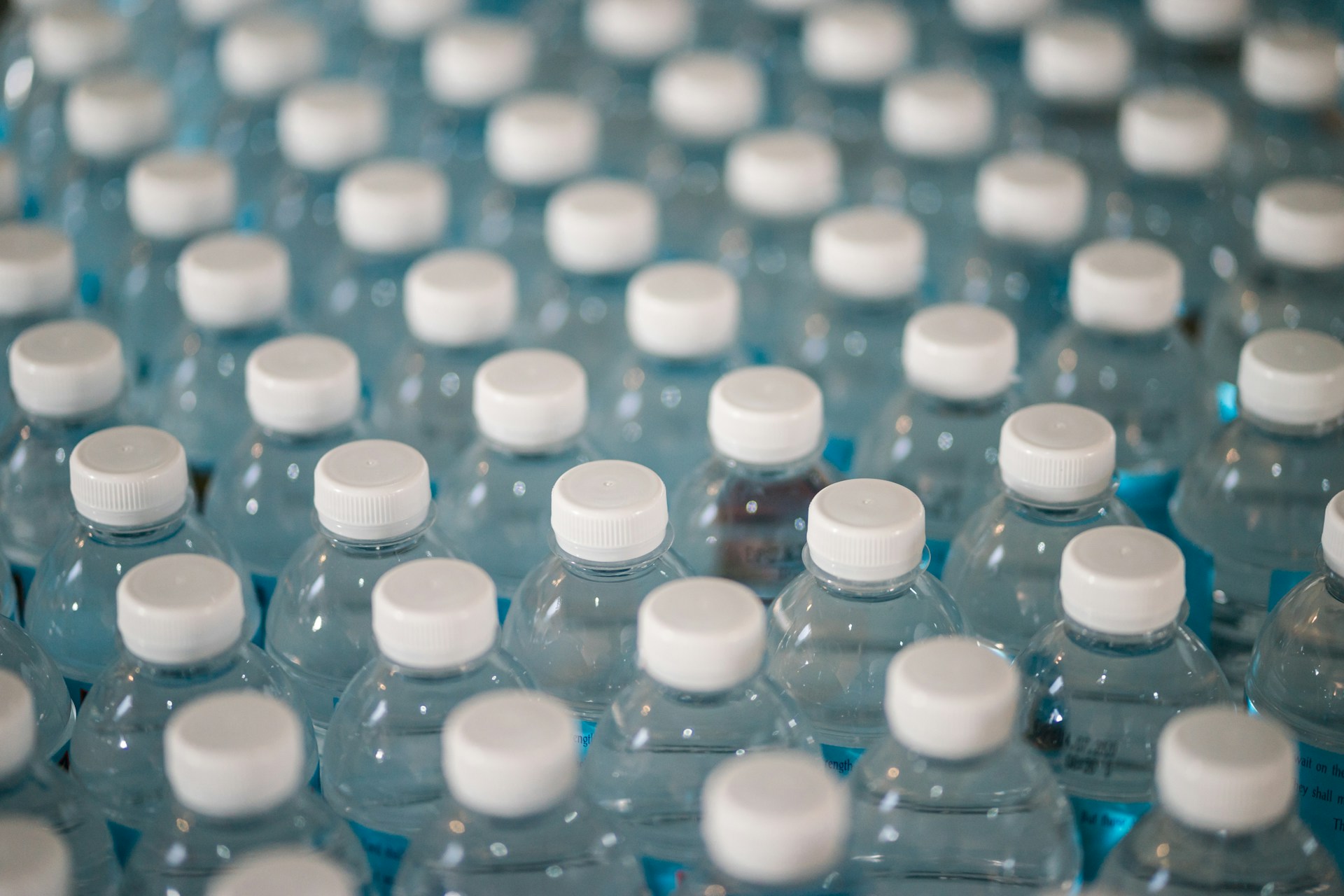Plastic bottles are ubiquitous in our daily lives, serving a variety of functions from holding beverages to storing household products. However, their widespread use has significant environmental implications, making it essential to understand their lifecycle and impact. This comprehensive guide will delve into the production, uses, benefits, and environmental challenges of plastic bottles, providing you with a holistic understanding of this common but controversial product.
Introduction
Plastic bottles have become an integral part of modern life, thanks to their convenience and versatility. Yet, they also pose significant environmental challenges, particularly in terms of waste and pollution. This article aims to cover everything you need to know about plastic bottles, from their production and use to their environmental impact and recycling processes.
History of Plastic Bottles
Early Developments
The history of plastic bottles dates back to the early 20th century. The first plastic, Bakelite, was invented in 1907, but it wasn’t until the development of polyethylene terephthalate (PET) in the 1940s that plastic bottles as we know them today began to emerge.
Commercialization and Growth
The commercialization of PET bottles in the 1970s revolutionized the beverage industry. These bottles were lightweight, durable, and could be mass-produced at a low cost, leading to their widespread adoption for packaging soft drinks, water, and other liquids.
Types of Plastic Bottles
PET Bottles
PET bottles are the most common type of plastic bottles. They are used for beverages, food products, and various household items. PET is favored for its strength, lightweight nature, and recyclability.
HDPE Bottles
High-Density Polyethylene (HDPE) bottles are used for products like milk, detergent, and shampoo. They are known for their robustness and resistance to impact.
PVC Bottles
Polyvinyl Chloride (PVC) bottles are less common due to concerns about their environmental and health impacts. They are used for some food oils and non-food products.
LDPE Bottles
Low-Density Polyethylene (LDPE) bottles are used for squeeze applications, such as honey and mustard bottles. They are flexible and resistant to moisture.
PP Bottles
Polypropylene (PP) bottles are used for products like yogurt and medication containers. They are known for their high melting point and resistance to chemicals.
Other Types
Other plastics, such as Polystyrene (PS) and bioplastics, are used for specific applications. Each type of plastic offers unique properties suited to different uses.
Manufacturing Process
Extrusion Blow Molding
This process involves melting plastic and extruding it into a hollow tube, which is then inflated to form a bottle. It is commonly used for HDPE and PP bottles.
Injection Molding
Injection molding is used to create preforms, which are then heated and blown into bottles. This process is typical for PET bottles.
Stretch Blow Molding
Stretch blow molding involves stretching the preform both vertically and horizontally, resulting in a stronger bottle. This technique is also used for PET bottles, enhancing their durability and clarity.
Recycling Process
Recycling plastic bottles involves collecting, sorting, cleaning, and reprocessing them into new products. PET and HDPE bottles are the most commonly recycled plastics due to their widespread use and ease of recycling.
Uses of Plastic Bottles
Beverage Containers
These are predominantly used for packaging beverages, including water, soft drinks, juice, and alcohol. Their lightweight nature makes them ideal for transportation and storage.
Household Products
Many household products, such as cleaning agents, detergents, and personal care items, are packaged in plastic bottles. HDPE is commonly used for these applications due to its durability and resistance to chemicals.
Industrial Applications
These are also used in various industrial applications, including packaging of automotive fluids, lubricants, and agricultural chemicals.
Medical and Pharmaceutical Uses
In the medical and pharmaceutical industries, plastic bottles are used for packaging medications, disinfectants, and other health-related products. They ensure safety, hygiene, and convenience.
Environmental Impact
Plastic Pollution
Plastic bottles are a major contributor to plastic pollution. They are often discarded improperly, leading to litter in oceans, rivers, and landscapes, harming wildlife and ecosystems.
Carbon Footprint
The production and transportation of plastics generate significant greenhouse gas emissions, contributing to climate change. Reducing the use of single-use plastics can help mitigate this impact.
Waste Management Challenges
The disposal of plastic bottles poses significant waste management challenges. While recycling helps, many bottles end up in landfills or incinerators, where they can release harmful chemicals.
Recycling and Sustainability
Recycle Programs
Recycling programs for plastic have been implemented worldwide. These programs involve collecting and processing used bottles to create new products, reducing the demand for virgin plastic.
Innovations in Recycling
Innovations in recycling technology are making it easier to recycle plastic bottles. Advanced sorting systems, chemical recycling, and biodegradable plastics are being developed to improve recycling rates and reduce environmental impact.
Sustainable Alternatives
Sustainable alternatives to traditional plastic bottles include reusable bottles made of glass, metal, or BPA-free plastics. Encouraging the use of these alternatives can significantly reduce plastic waste.
Health Concerns
Chemical Leaching
Certain plastics can leach harmful chemicals, such as BPA and phthalates, into the contents of the bottle. These chemicals can pose health risks, including endocrine disruption and increased cancer risk.
Microplastics
Microplastics, tiny plastic particles that result from the breakdown of larger plastics, can be ingested by humans through bottled water and other beverages. The health effects of microplastics are still being studied but are a growing concern.
Safe Usage Practices
To minimize health risks, it is important to use plastic bottles safely. Avoid exposing them to high temperatures, reuse them responsibly, and choose BPA-free products when possible.
Economic Impact
Industry Growth
The plastic bottle’s industry is a significant economic contributor, providing jobs and supporting various sectors, including manufacturing, packaging, and recycling.
Market Trends
Market trends indicate a growing demand for sustainable and eco-friendly packaging solutions. Companies are investing in research and development to create innovative products that meet consumer demand and regulatory requirements.
Government Regulations
Governments worldwide are implementing regulations to reduce plastic waste and promote recycling. These regulations include bans on single-use plastics, mandates for recycled content, and incentives for sustainable practices.
Future of Plastic Bottles
Technological Advancements
Technological advancements are shaping the future of plastic bottles. Innovations in materials science, such as the development of bioplastics and improved recycling methods, are helping to create more sustainable packaging solutions.
Consumer Behavior Changes
Consumers are becoming more environmentally conscious, driving demand for sustainable products. This shift in consumer behavior is encouraging companies to adopt greener practices and offer eco-friendly alternatives.
Regulatory Developments
Future regulatory developments are likely to focus on reducing plastic waste, promoting recycling, and encouraging the use of sustainable materials. Companies must stay ahead of these changes to remain competitive and compliant.
Conclusion
Plastic bottles have become a staple in our daily lives, offering convenience and versatility. However, their environmental impact and health concerns cannot be ignored. By understanding the lifecycle of plastic bottles, from production to disposal, and exploring sustainable alternatives, we can make informed choices that benefit both our planet and our health. The future of plastic bottles lies in innovation, regulation, and a collective commitment to sustainability.
FAQs
Why are plastic bottles so widely used?
These are widely used due to their lightweight, durability, and cost-effectiveness. They are also versatile and can be used to package a wide range of products.
Can all plastic bottles be recycled?
Not all bottles can be recycled. PET and HDPE bottles are the most commonly recycled, while others, like PVC, are less frequently recycled due to their chemical composition.
What are the environmental impacts of plastic bottles?
They can contribute to pollution, greenhouse gas emissions, and waste management challenges. Improper disposal can harm wildlife and ecosystems.
How can I reduce my plastic bottle usage?
You can reduce your plastic usage by using reusable bottles made of materials like glass or metal, choosing products with minimal packaging, and participating in recycling programs.
Are there any health risks associated with plastic bottles?
Certain plastics can leach harmful chemicals, such as BPA and phthalates, which pose health risks. Using BPA-free bottles and avoiding exposure to high temperatures can minimize these risks.




